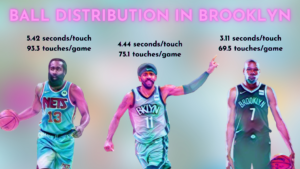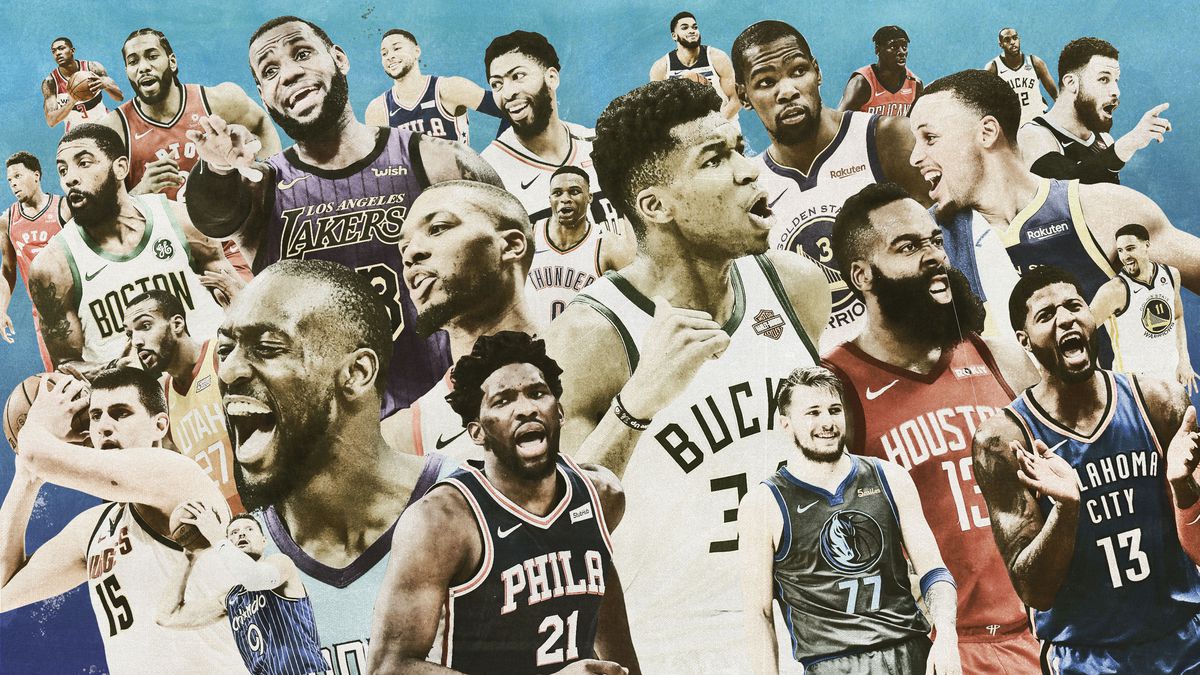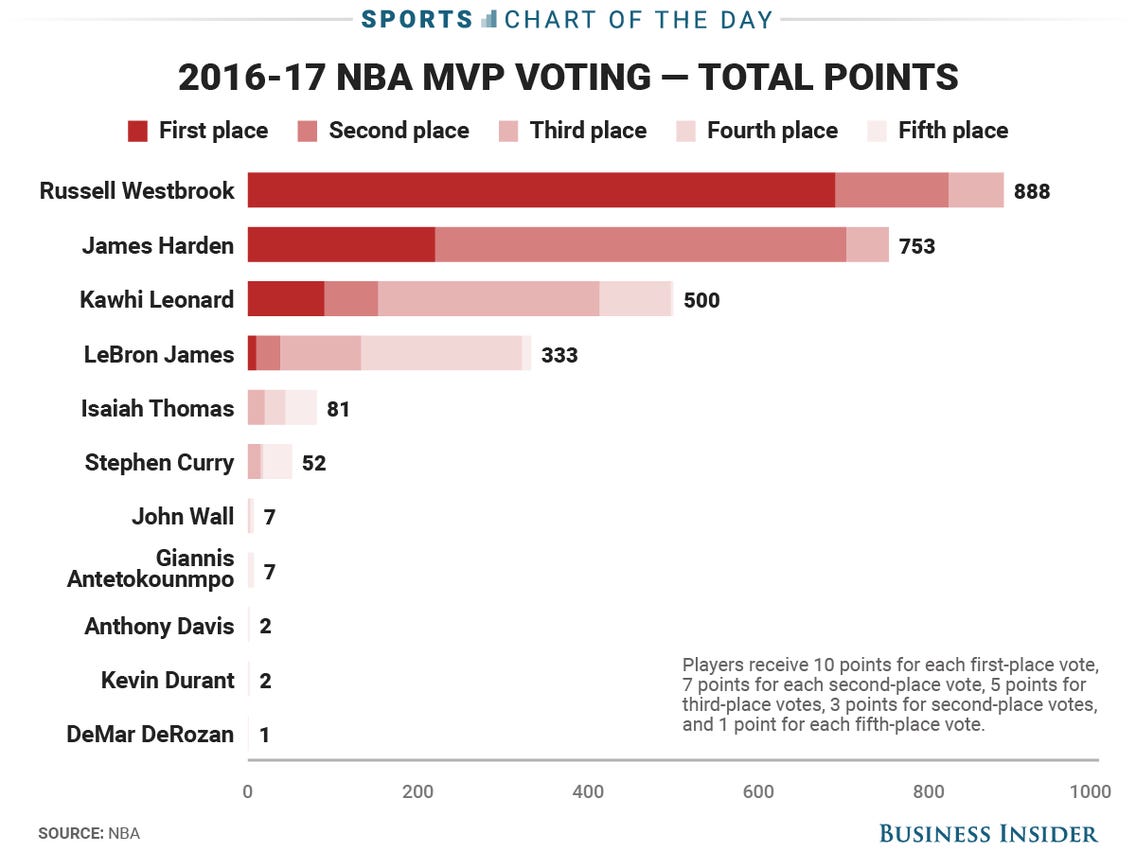During my last post, I introduced a series in which I would rank the NBA’s ten best players of the 2021 season, starting with rankings seven through ten. Continuing the rankings now features the next clump of players, or the ones I believe account for the fourth through sixth spots. As a recap, here’s the criteria I laid out during the last post:
Criteria
Consistent with my previous rankings, players are assessed based on how they impact success at the team level. Thanks to the revolutionary work from various basketball researchers, we have a great idea of not only which skills are most valuable, but also how much of an impact one player can have on a team’s success. I won’t belabor the topic, as I’ve engaged in many different conversations on it before, but this approach is antithetical to other, more common methods, which value skills next to one another based on the ranker’s personal belief system (a heuristic that isn’t guaranteed to be correct). To capture as much truth as possible, the value of different skills is viewed through my closest attempt to an objective lens.
The next major part of the list concerns not the player, but the team around him. The endgame for every NBA team (as far as on-court performance is involved) is a championship. However, if we evaluated players based only on how he affects his own team’s title odds, a chunk of the league’s most talented players would lose their due representation. Paired with the fact that teammate synergies and coaching can actually cloud the strengths and weaknesses of a player’s value, the “title odds on a random team” criterion was adopted. (Note: The “economic” side of basketball isn’t included in these evaluations, e.g. contracts, salaries, enticement for free agents.)
Perhaps the largest theme of this ranking, however, is how to react to single-season performances. Similar to the aforementioned factor of team construction around a player, the opponents a player’s team faces also play similar roles in augmenting, for example, box scores. Rudy Gobert received hearty criticisms for his ostensibly poor defensive performance against the Clippers in the second round, but more astute viewers noted the collapse of Utah’s perimeter defensive plan that led to an emphasized stress on Gobert to concede more long jumpers. The Clippers were a textbook “bad matchup” for a player of Gobert’s style, and while there are deeper conversations about drop coverage in the Playoffs, a lot of Gobert’s heavy scrutiny can be identified as an overreaction to results heavily influenced by situation.
Because league-wide offensive efficacy has been shattering glass ceilings in the past two seasons, paired with the perceived psychological effects of zero fans in the stadium, larger-sample three-point shooting percentages are losing descriptive power. This is an example of where this list accounts for “good” and “bad” luck, and as the ultimate goal is to capture a player’s tangible skill and value, these rankings can be considered both retrodictive and predictive; meaning, there are instances in which the past sheds light on the present, and that reference points still hold value in these types of contexts. So while lucky or streaky box scores can be “appreciated,” that’s not the purpose of this list.
Lastly, but certainly not least, this list ranks players at their fullest health, meaning players who suffered injuries won’t be penalized.
The List
10. James Harden (BKN)
9. Joel Embiid (PHI)
8. Luka Doncic (DAL)
7. Kevin Durant (BKN)
6. Kawhi Leonard (LAC)
Similar to his predecessor on this list, Kawhi Leonard is one of the most proficient isolation scorers in the NBA. During the regular season, he was in the 96th percentile in isolations per possession on roughly one point per shot, which made for extremely efficient offense in the half-court despite rapidly increasing league-wide offensive ratings. However, Leonard’s case as the league’s best isolationist would come from his scoring’s resiliency in the Playoffs. Because he’s a prolific three-level scorer, he can’t be contained by most trapping schemes, and this leads to dazzling productivity as a scorer. During the Playoffs, he averaged an outstanding 30 points per 75 on True Shooting +10% better than the league.
Leonard provides offensive floor-raising, but he continues to add to his scalability. Three-point shooting percentages are wonky this season, but Leonard was in the 95th percentile in catch-and-shoot efficiency at 47%. Paired with his growing frequency off the ball, as 16% of his half-court possessions featured a scoring opportunity off screens, and there are indicators that Leonard would fit well alongside other great offensive teammates. Although his offensive playstyle has changed drastically since his trade to Toronto, now calling for frequent pick-and-roll and evolving into a true offensive quarterback, there are remnants of the skills that once made Leonard one of the more scalable players in the league.
The other big driver of Leonard’s value is his playmaking. I’ve never been too high on Leonard as a passer. For a primary ball-handler, his reads were fairly basic, and he never exhibited the passing aggression that most on-ball creators do. But in 2021, I saw some minor leaps forward. Leonard is starting to act more out of the pick-and-roll, and while most of these are corner reads that many other players could make, he’s leveraging the Clippers’ spacing more than he would have in previous seasons. However, that also sets forth the question of how diverse his passing locations would be outside of Los Angeles, perhaps alongside teammates who don’t stretch the floor like Nic Batum and Luke Kennard.
To my eye, and some changes in his statistical profile, Leonard is losing ground as a defender. Los Angeles will still stick him onto some of the opponents’ better players; he spent the highest proportion of his defensive possessions against the “shot creator” archetype. But he was also generally less involved on defense this year, to my film study on him alongside some statistical signals; he spent the second-most defensive possessions against stationary shooters. Leonard clogged passing lanes less often and was beaten off the dribble more often, but his face-up and rearview games are enough for me still view him as a big positive on defense.
Fun Fact: There was an almost even split between the percentage of Kawhi’s isolation possessions on the perimeter (55%) and the post (45%).
5. Anthony Davis (LAL)
The consensus on Davis is that he regressed in 2021 due to injuries that bled into his on-court play; and while there may be some rightful gripes with his unhealthy performances, there were more than enough signals that indicate a healthy Anthony Davis is still one of the very best players in the league. During the past three seasons, he’s slowly upgraded his passing arsenal; and during his incredible regular-season stretch in 2019, he was a serviceable primary facilitator on a weaker offense in New Orleans. While he’s taken the more suitable backseat role alongside offensive juggernaut LeBron James, this is also where Davis adds a ton of his value.
He spent roughly half of his 2021 playing time without James on the floor, and in these 561 minutes, he generated 12.4 points from assists per 100 possessions as opposed to 10.2 per 100 with James on the floor. While there isn’t nearly enough evidence that suggests Davis could shoulder the load of a primary playmaker on a good offense, his secondary passing increases his scalability. He’s certainly active and attentive as a passer, often receiving the ball inside the arc and hunting for cutters fi facing the basket, and his back-to-the-basket game alleviates some of his mechanics on kicking out to one of Los Angeles’s shooters. However, the range of his assists is limited, as the “Passing Versatility” stat referenced in the last post placed Davis in the 31st percentile during the regular season.
Anthony Davis is one of the best defensive players in the league, which paired with his abilities off the ball, makes him one of the league’s most valuable players to a contending team. It’s well known that Davis makes a compelling case as the greatest lob finisher in NBA history, and this pairs extremely well alongside the drivers that would quarterback those elite offenses (one of the reasons Davis and James function so well together). More than half of his drives were assisted in 2021, suggesting that while he’s not a classic self-generating offensive star, his ability to capitalize on his better teammates’ passing is incredibly valuable. Davis was in the 96th percentile in field-goal percentage at the rim in the regular season. Coupled with his diverse screening action, which includes flex screens, pick-and-roll action, pin downs, and ball screens for shooters, as well as his frequent cutting (98th percentile), Davis is one of the most scalable offensive stars in the league.
Last season, Davis was the best defensive player in the Playoffs due to his unmatched combination of versatility and rim protection that punished all types of offensive constructions. This season, he didn’t lose much of a step outside of fatigue and health issues. During the regular season, Davis was less eager to close out (although he was still in the 84th percentile in three-point contests per possession) and seemed to attempt to conserve some energy, but all of his previous defensive skills stood out. His vertical contests are among some of the greatest ever, he’s an extremely cerebral and patient isolation defender, and his rim protection was characteristically great. Davis’s nail defense stood out to me in 2021, where he would frequently get a foot into lanes to absorb passes, and as a result, he was in the 84th percentile in the sum of bad pass turnovers and deflections per possession and the 92nd percentile in steals per possession.
Fun Fact: Davis was dead-last in the league in drawing fouls on three-point shot attempts in the regular season.
4. Nikola Jokic (DEN)
Don’t get me wrong; Nikola Jokic was, and still would be, my pick as the NBA’s MVP. Perhaps the greatest offensive big man from a center occurred in 2021, rivaled only by the likes of the legendary Kareem Abdul-Jabbar and Shaquille O’Neal. Jokic was the most dynamic and versatile passer of any player in the league. He constantly found high-value shots with his passes in the paint and behind the stripe, leveraging Denver’s cutting threats to unclog various areas on the court. If his half-court game seemed effective, his transition passing extended to transcendence. Jokic could throw fastballs from the opposite block after one-handing an offensive rebound; but unlike most other similar passers, he was never overzealous with his velocity, having mastered his passing’s north-south movement.
There also appeared to be a permanent improvement to Jokic’s shot. During the regular season, he was actually more efficient on above-the-break shots than catch-and-shoot attempts relative to the league. The 38% three-point shooting he displayed in last year’s Playoffs carried over at 39%, and I think his shot mechanics have improved. As he undertook less of a catapulting motion, the variability of his motions and the trajectory of his attempts decreased. This was the ceiling-shattering upgrade to Jokic’s offensive package, forcing defenses to react more attentively to his mid-range game while Jokic could continue to punish the opposition with his own shot to greater reward outside the paint. Although he didn’t fit the mold of a traditional isolation scorer who would function out of triple-threat, the middle of the floor served as the stomping ground for Jokic’s insane volume (97th percentile) and efficiency (88th percentile) on isolation possessions.
Jokic makes a truly compelling case as the league’s best offensive player, but I was more concerned with his defense than in previous seasons. A lot of his strengths carried over from previous seasons: great hands, anticipation, and solid awareness. But his off-ball repertoire doesn’t offset his troubled face-up defense for me. Jokic’s lack of athleticism makes it easy for slower guards to beat him off the dribble; and for a near seven-footer, he provides virtually no rim protection. The concern with this is that, contrary to disengaged guards like James Harden, defenses can’t scheme around these types of weaknesses in the Playoffs. While it’s unlikely that Jokic is anything worse than a slight negative on defense, the deficiencies that come with his playstyle suggest there may be a cap on this end of the floor.
Fun Fact: Jokic was in the 99th percentile in points scored from pops per possession in the regular season.
Up Next
My next post will continue this series with profiles for the first, second, and third-best players on my top-10 list. I’ll discuss the “high” and “low bands” for which I could reasonably see players swapped in later editions; the final rankings can be thought of as the point estimates. Comment down below any disagreements, surprises, or thoughts on these players!
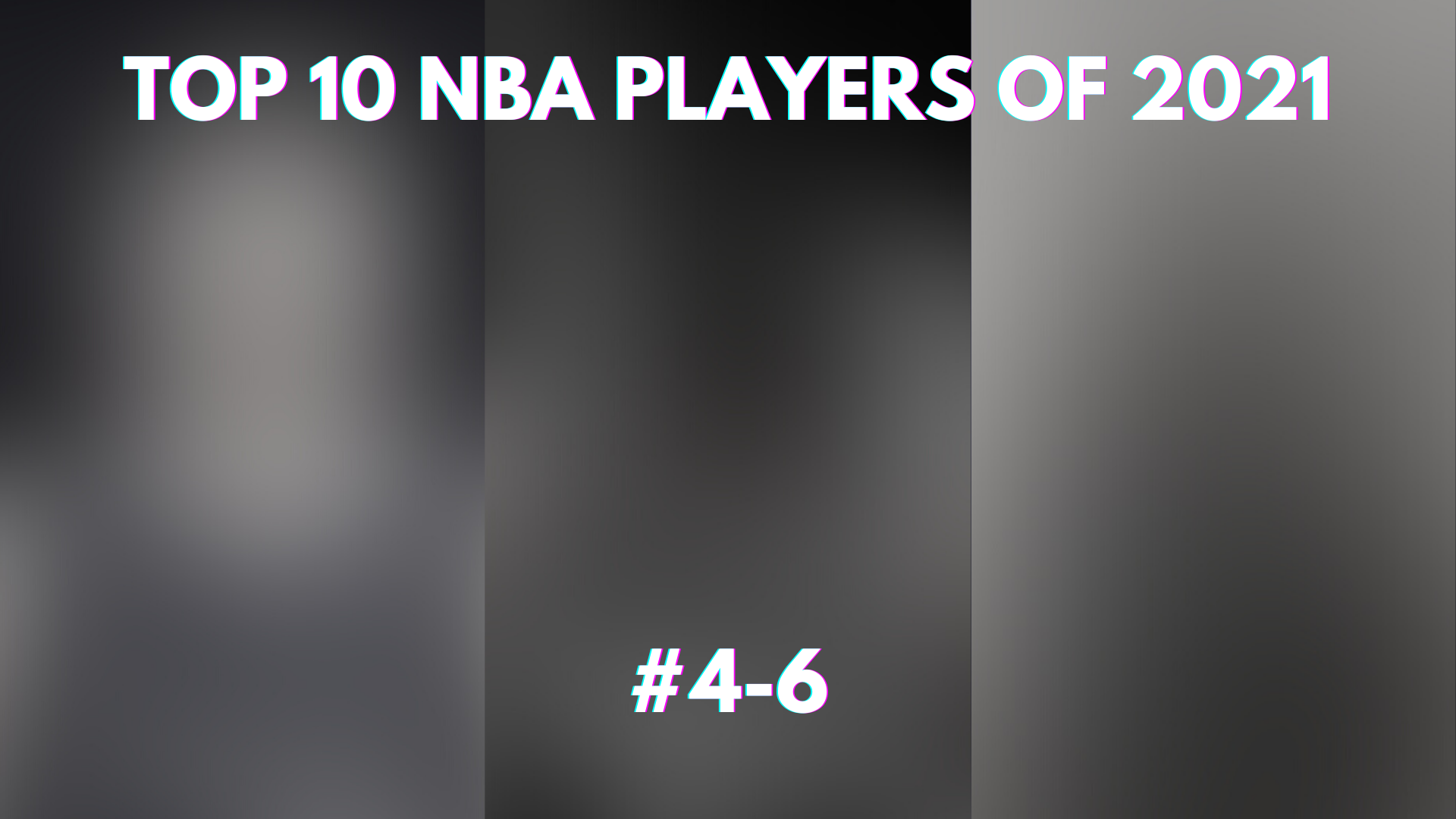
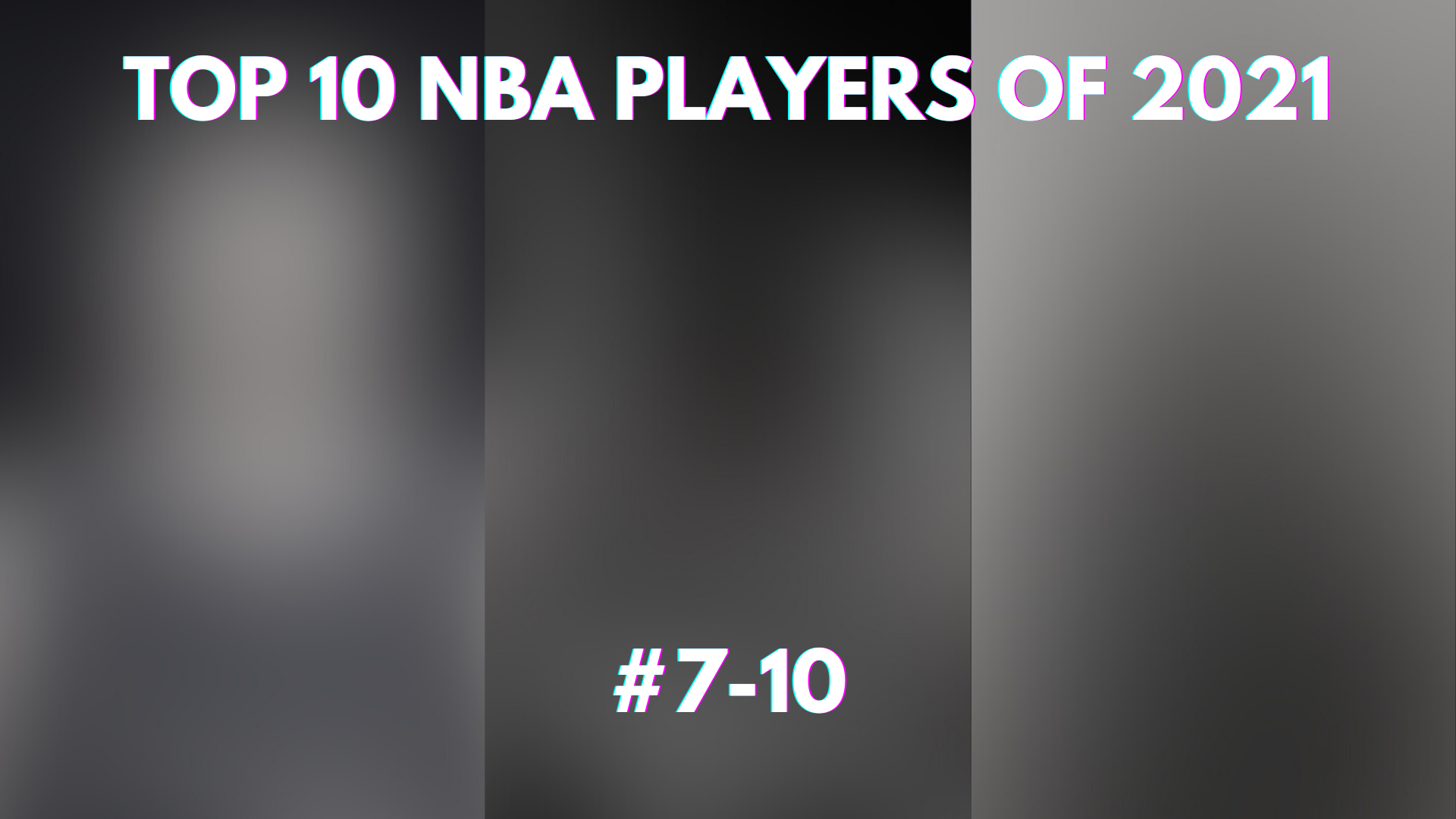
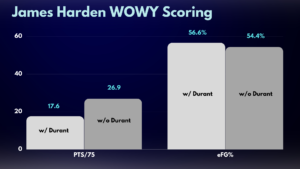
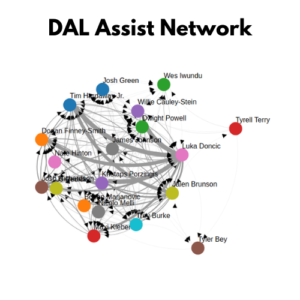
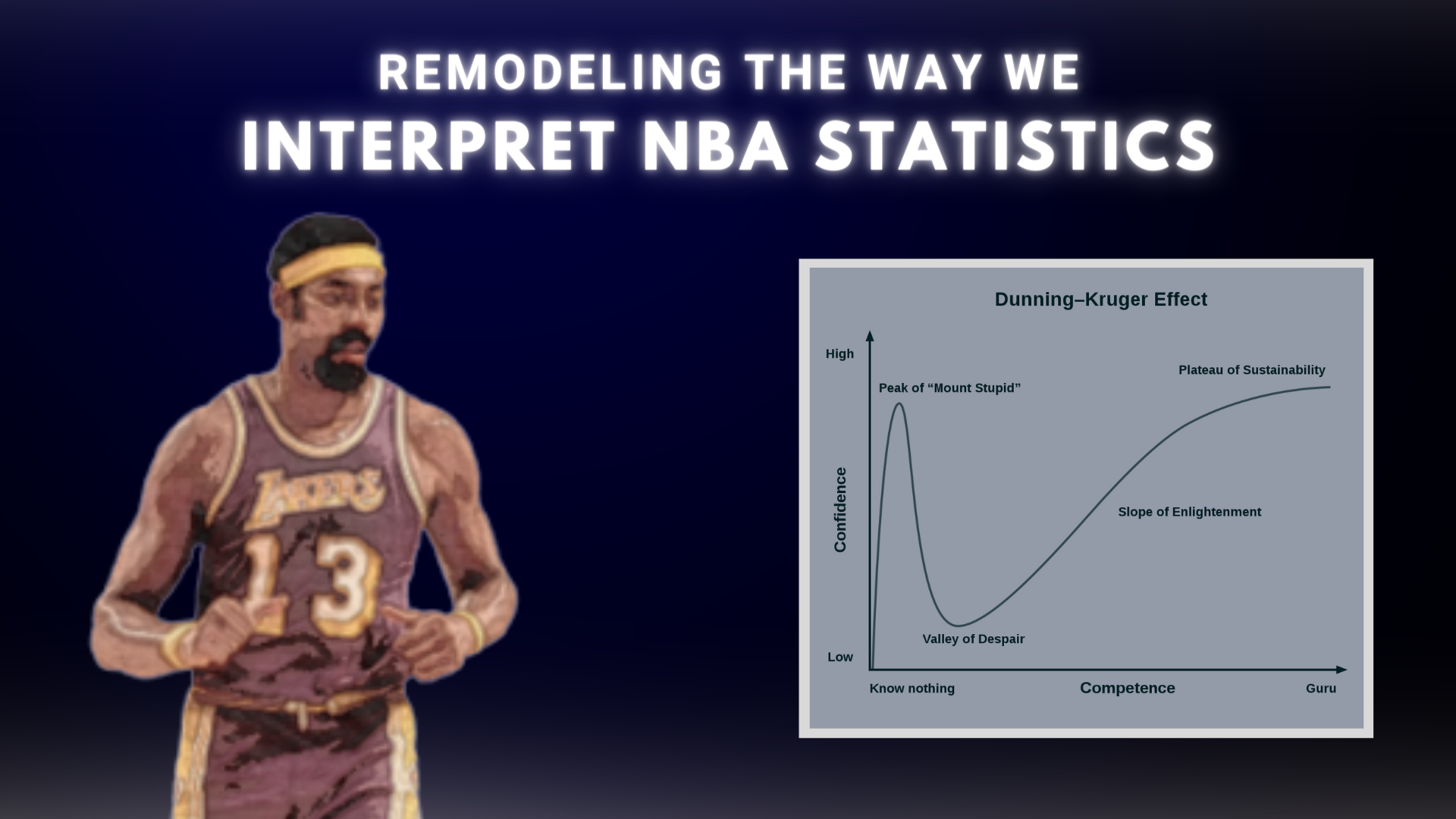
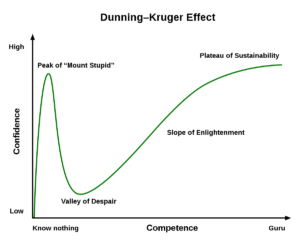
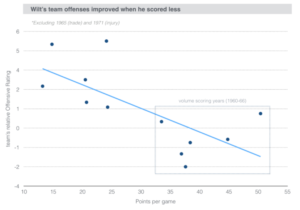
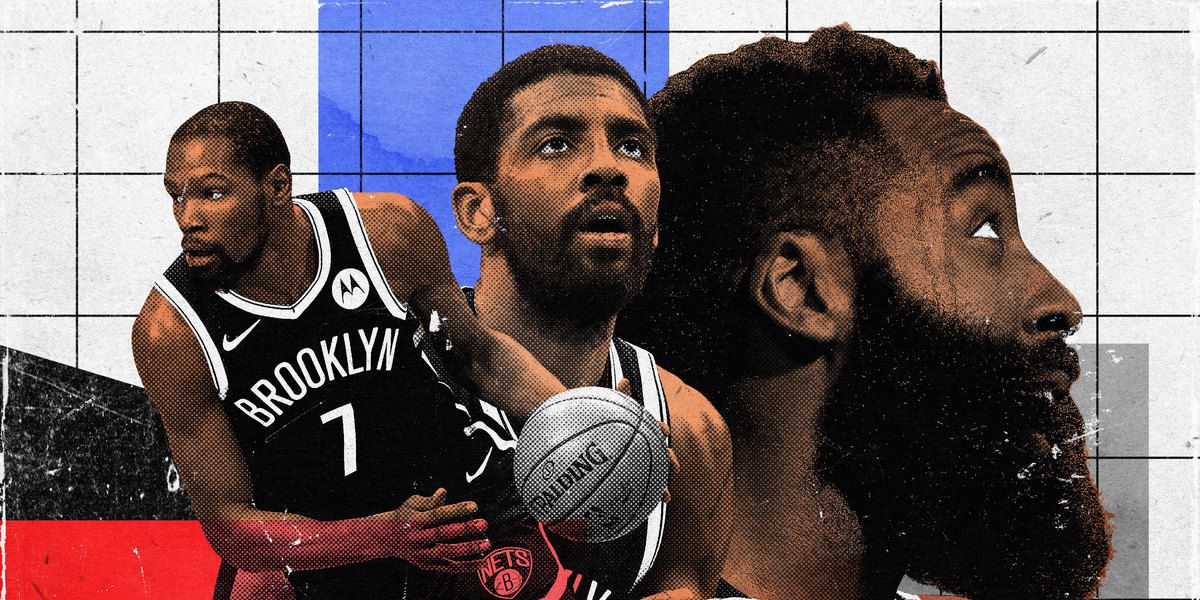
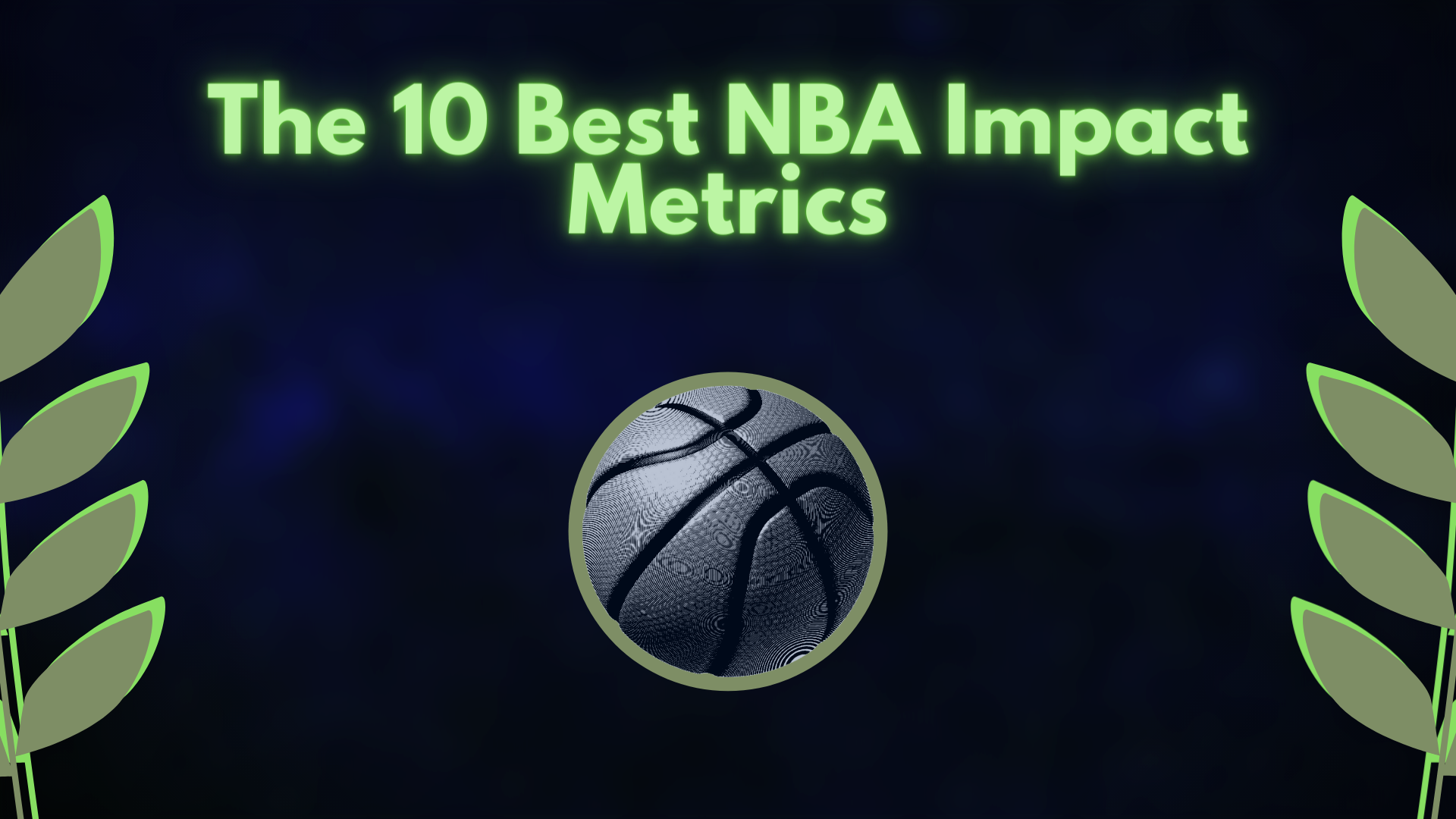
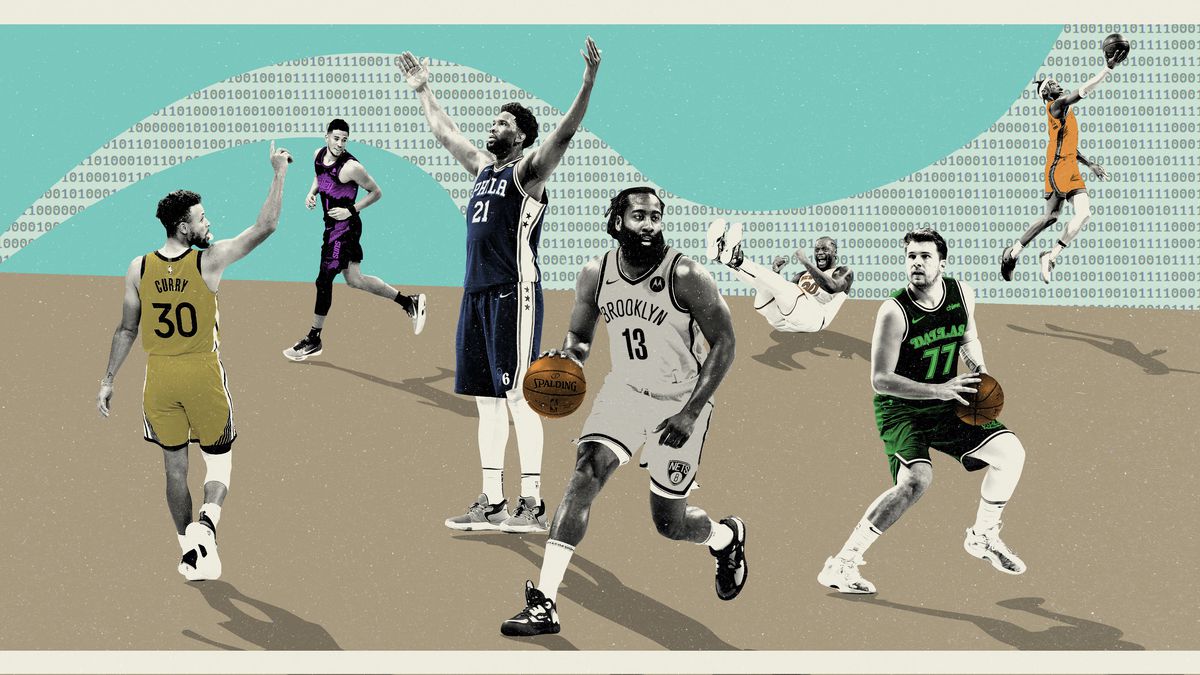
![5 NBA Thoughts [#2]](https://www.cryptbeam.com/wp-content/uploads/2021/05/nba_moments_series_2_beal_getty_ringer.0.jpg)
![5 NBA Thoughts [#1]](https://www.cryptbeam.com/wp-content/uploads/2021/05/THENEWYORKKNICKS_NonFeat_Getty_Ringer.0.jpg)
